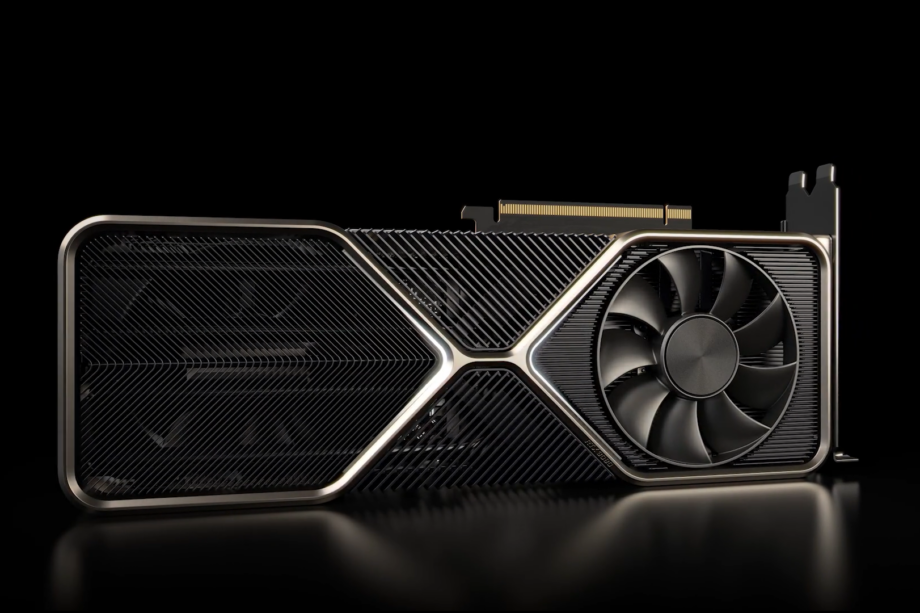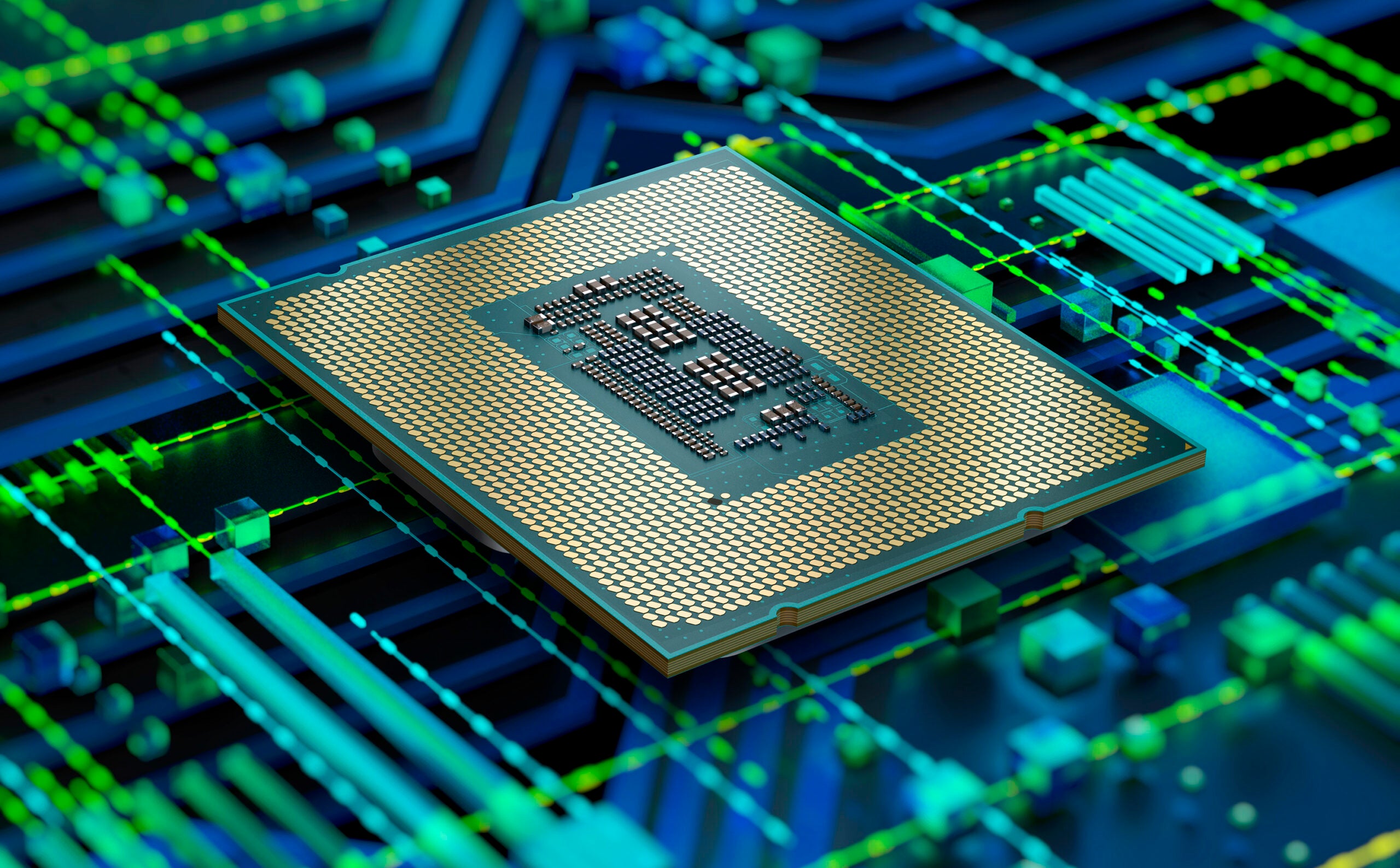What is Nvidia Ampere?

If you’ve been looking to buy a new graphics card in recent years, you’ve likely come across the term ‘Nvidia Ampere’. But what is it, and why is it important to know?
We’ve created this Nvidia Ampere guide to provide all the important information. So without further ado, here’s everything you need to know.
What is Nvidia Ampere?
Nvidia Ampere is a microarchitecture for Nvidia’s 3000-Series generation of graphics cards. This means you’ll find it in GPUs such as the RTX 3090, RTX 3080, RTX 3070, RTX 3060.
Nvidia named the microarchitecture after French mathematician and physicist André-Marie Ampère. It first launched in May 2020.
For Nvidia’s consumer graphics cards, Ampere uses a 8nm process node from Samsung, which is a noticeable upgrade on the 12nm process node found in the preceding Nvidia Turing generation – having a smaller process node generally results in a higher performance.
The Nvidia Ampere generation was the first to offer support for GDDR6X memory, while also introducing third-generation Tensor Cores and second-generation ray tracing cores.
Ampere not only supports ray tracing, but DLSS too. This is Nvidia’s Deep Learning Super Sampling, using artificial intelligence and upscaling techniques to boost the frame-rate performance of any supported game with minimal compromises to the graphics quality.
Nvidia Ampere’s time in the spotlight is coming to an end, with reports indicating that Nvidia Lovelace will replace it before the end of the year. The Nvidia Lovelace microarchitecture will supposedly power the Nvidia RTX 4000 series of graphics cards and is rumoured to be built upon TSMC’s 5nm process node.
List of Nvidia Ampere graphics cards
We’ve made a list of all of the consumer Nvidia GeForce desktop graphics cards that use the Ampere microarchitecture. Check them out below:
- Nvidia RTX 3090 Ti
- Nvidia RTX 3090
- Nvidia RTX 3080 Ti
- Nvidia RTX 3080
- Nvidia RTX 3070 Ti
- Nvidia RTX 3070
- Nvidia RTX 3060 Ti
- Nvidia RTX 3060
- Nvidia RTX 3050








